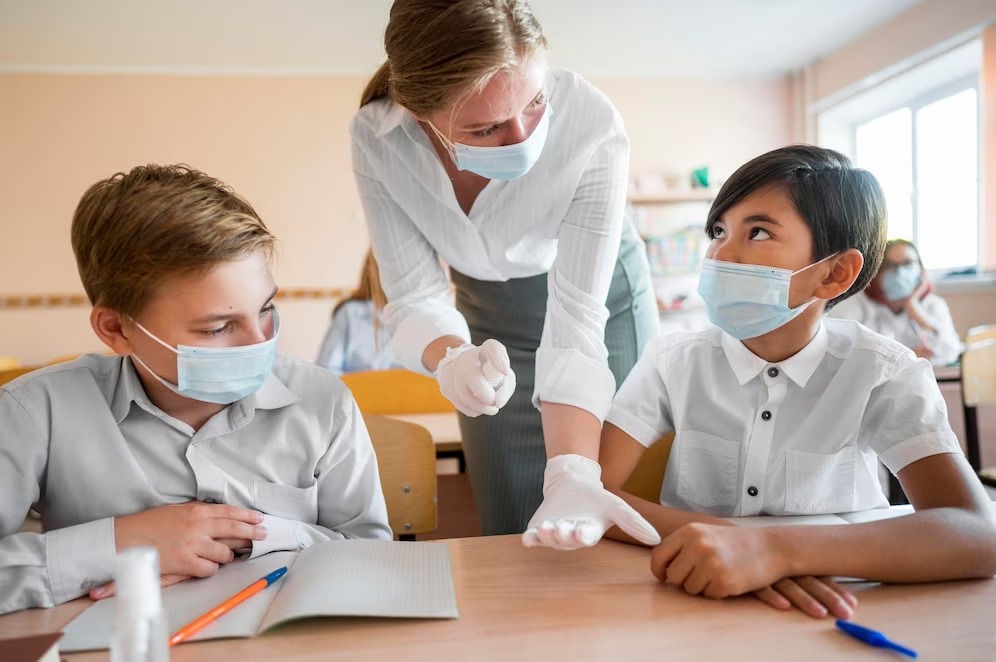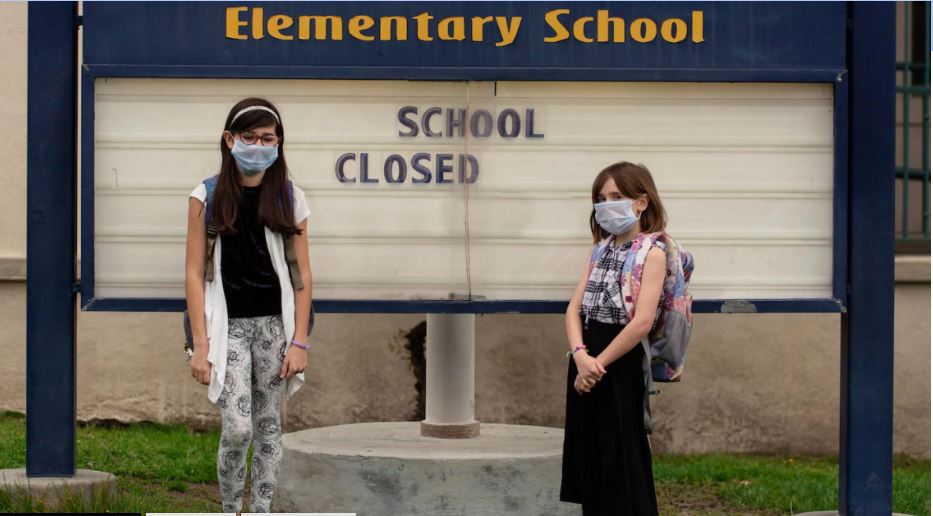Progress towards SDG 4, which aims to provide high-quality education and lifelong learning opportunities for all children, was severely disrupted by COVID-19.

Even prior to the pandemic, most countries were not on track to achieve this goal with over half of children in low- and middle-income countries experiencing learning poverty, that is, being unable to understand a simple written text by the end of primary school.
Since COVID-19, learning poverty rates are estimated to have increased to close to 70 percent– and disparities between countries have only widened.
High incomes are associated with lower levels of learning poverty: prior to COVID-19 out of 49 high-income countries with data for learning poverty, 29 have learning poverty rates of less than 10 percent. All low- or lower-middle-income countries, on the other hand, have learning poverty rates of 10 percent or higher. In 20 of 29 low-income countries with available data, more than 90 percent of children cannot read or understand a basic text by the end of primary school.
On average, COVID-19 led to 199 days of full or partial school closure (the equivalent of 12 months of learning), impacting 1.6 billion children globally. The average student in a high-income country saw schools fully or partially closed for 148 days from March 2020 to September 2021. Low-income countries had slightly longer periods of school closures, losing an average of 158 days of in-school instruction. This was even worse in lower-middle-income countries, with 236 days of schools closed due to COVID-19.
However, while schools were closed, high-income countries had more options to move the classroom online thanks to better access to the internet and electricity, and wider availability of computers and tablets. But in low- and middle-income countries, learning could not be conducted online because of the lack of connectivity and IT infrastructure.
Due to ineffective remote learning efforts in many countries, studies suggest that each additional month schools were closed translated into roughly one month of learning losses among children still enrolled in schools. School closures increased dropout rates in many countries as well, further reducing learning levels.
Explore these disparities by hovering over the dots in this interactive data visualization of the 2023 Atlas of Sustainable Development Goals.
To learn more about where we stand in our efforts to provide high-quality education and lifelong learning opportunities for all, look at the data stories and visualizations of the fourth story of the Atlas.
Source : WorldBank





